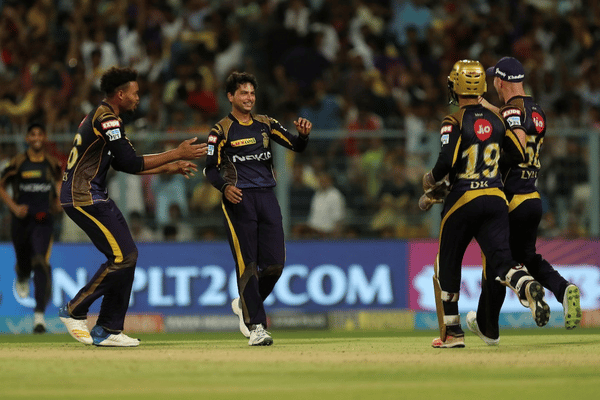World Series Cricket – Kerry Packer’s rival cricket league aimed at maximising the sport’s commercial potential – was unveiled in 1977. The league begun controversially, but is now viewed as one of the best eras in cricketing history, both for the quality of cricket that was played, and for modernising and financing the sport in the early stages of the television era. Now, as T20 cricket continues to proliferate and increasingly dominate the global calendar, cricket is entering its most transformative phase since World Series Cricket.
Proponents for cricket’s current trajectory – predominantly, the three richest cricket boards, broadcasters and advertising partners – argue that the game must adapt to stay commercially viable in an increasingly crowded international sporting calendar. This adaptation can be distilled quite simply: more T20 cricket, and less international cricket, with Test matches particularly at risk.
It is true that T20 cricket match has driven an enormous injection of funds into cricket. Cricket boards usually lose money hosting Test matches, and rely on cross-subsidisation from limited overs fixtures, including lucrative domestic T20 leagues. It is no surprise that T20 cricket is now the most prevalent and valuable form of the game.
By forcing a reduction in the amount of international cricket being played, domestic T20 leagues are going the way of club football leagues, with one key distinction: T20 cricket is not the pinnacle of the sport. That honour remains with Test cricket, the arena in which international cricketers most crave leaving a legacy.
So, the ICC finds itself tasked with the unenviable but critical task of striking a balance between keeping cricket financially viable and keeping international cricket – particularly Test cricket – alive.
There is a painfully obvious solution: scrapping bilateral T20Is, limiting international T20s to T20 World Cups and potentially continental tournaments such as the Asia Cup, and freeing up room in the calendar for Test cricket in the process. While it has long been suggested that bilateral ODIs should be axed, one-day cricket is not played as frequently at the domestic level, so abandoning bilateral ODIs could spell the end of the format altogether and should only be considered as a last resort.
The obvious downside is that T20 internationals are a money-maker for cricket boards. But there are significant benefits that outweigh this cost, especially in the longer term.

First, scrapping T20 internationals would increase the valuation of domestic T20 leagues, which attract huge investment by broadcasters, sponsors and franchise owners. By freeing up space in the international cricket calendar, domestic T20 leagues would enjoy greater breathing space, giving them access to top-flight players for longer periods. As evidenced by the recent inaugural BBL draft, player availability (or non-availability) can have dramatic consequences on valuation.
Secondly, it would alleviate the currently untenable workloads for international cricketers, reducing player fatigue and injuries, ultimately prolonging careers. This would also see a reduction in the frequency with which second-string international sides are fielded by stronger teams, thus increasing the value proposition of non-marquee series.
Thirdly, abandoning bilateral T20 fixtures would give greater relevance to the T20 World Cup, which is held every two years (already twice as often as most World Cups).
It’s a tougher proposition for poorer cricket boards, who cannot afford to lose the already meagre revenue they receive from hosting bilateral T20 internationals.
But this, too, has a solution. If bilateral T20 internationals were to be abandoned, the dedicated IPL window (and accordingly the value of the IPL) would increase, again due to the sacrifices of poorer cricket boards, who stand to lose the most from a truncated international calendar. If the ICC grants the BCCI a dedicated 10-week window for the IPL as is widely expected, a larger proportion of the BCCI’s IPL super-profits should be transparently shared with other ICC members.
As it was 50 years ago, cricket is at a crossroads. It was only with the benefit of hindsight that the impact of World Series Cricket on the game could truly be assessed. And once again, only time will tell whether the hyper-capitalism of the modern game is killing cricket, or keeping it alive.
FUN FACT: The T20 World Cup has seen a total of 21 teams participate over the years. Last year, Namibia and Papua New Guinea made their debuts, while the United States will make its debut in the 2024 edition, having earned automatic qualification as co-hosts with the West Indies. It will be the first-ever ICC World Cup tournament to be held in the USA.




